Quality control software increases inspection efficiency and minimizes error-prone paper-based processes. Alpha TransForm and Alpha Anywhere allow employees with minimal coding expertise to create solutions that enable seamless manufacturing processes
Quality control methods provide confirmation that a selection of products and services meets customer specifications. The final inspection is a crucial part of any quality control process. This involves checking a sample of products against a checklist, and marking each item as a pass or fail.
As you might imagine, companies ship thousands of products every day. How is an inspector supposed to know how many samples to test? On the one hand, it is much faster and cheaper to select a few products. On the other hand, if the product sample is too small, how can it accurately represent the entire shipment?
Many businesses use quality control (QC) and quality assurance (QA) interchangeably because both are closely related. They are also two critical cogs of the quality management system (QMS). So let’s clarify some of the differences:
Quality control involves the operations and methods used to inspect and ensure product quality. Quality assurance is process-focused. Thus, there is a direct link between quality assurance and quality control and the activities involved in product development.


The risks of poor quality control affect everyone, from shop floor workers to employees responsible for deliveries. Products may need rework to meet quality specifications. This includes rework, which delays deliveries. A delay in a delivery can trigger a contractual clause that requires the organization to pay a hefty fine.
Once a manufacturer delivers its products, there may still be quality issues that go unnoticed. A customer may lose faith in a manufacturer if this happens even once.
Even if it's a one-time flaw in a product, word will likely spread, adversely affecting the company’s reputation. Failure to identify a flaw can lead to a lack of customer satisfaction and rework that could hurt your business.
Manufacturers use quality control solutions to minimize quality issues and save costs. With more organizations adopting these technologies, nobody wants to fall behind. Here are a few benefits and advantages of digitalizing quality control.
Quality control software solutions allow organizations to track product defects and address issues earlier. Such solutions have a central communication portal that improves communications between businesses and their customers. Manufacturers are also able to standardize processes and audit reports quicker.
Inferior products result in substantial costs. Digital quality control solutions pinpoint issues on the factory floor and address them on the spot. Eliminating quality issues before businesses deliver products reduces chargebacks, customer complaints, and lost sales.

A main concern of manufacturers is to ensure their products meet quality control regulations like ISO 13485 for medical devices. A part of this process is maintaining compliance documents, which can be tedious. Quality control solutions allow large and small manufacturers to manage and store documents. A document control system enables companies to comply with industry standards more efficiently.
Traditional quality management solutions only work when connected to the internet. Low connectivity or network failures hamper productivity. Low-code platforms such as Alpha Anywhere and Alpha TransForm enable manufacturers to work online and offline. Once the internet connection is up and running again, the data updates automatically, saving valuable time.

Sampling inspections involve assessing the quality of a small batch of products. This is both costly and slow, especially with high-volume production lines. Machine Vision and Deep Learning technologies automate inspections, so each product is checked with steady and accurate results.
Machine vision systems provide image-based automatic inspection and analysis to guide quality control processes. The 2D and 3D solutions come equipped with sensors that perform inspection, reading, and measuring tasks more accurately than humans’.
However, machine vision solutions are not enough, as they cannot identify every flaw. Determining how to spot a defect based on an image alone can be complex. Highly trained professionals may miss hard to discern details suggesting a defect. Certain clues may mislead quality risk-averse workers to reject products needlessly.
Deep Learning techniques guide machine vision control systems to detect different types of flaws based on images. Deep learning methods train machine vision systems by feeding them multiple images. This allows them to identify what is acceptable quality and what is not, while continuously refining the results.
Quality control software is commonly used by Quality Managers, Plant Managers, and Compliance Officers to streamline inspections, reduce defects, and maintain audit readiness. It helps teams track non-conformance issues, collect inspection data in real time, and ensure that manufacturing production stays within spec.
Software Quality Control
Software quality control involves monitoring the quality of each software product. In contrast to quality assurance tools used in the software development life cycle, quality control focuses on software testing and review.
Quality control software testing aims to ensure products are consistent with performance and usability standards. Usually, companies define quality standards during the software development process. QU testing tools can also contribute to improving these standards.
Managers employing six sigma practices often adopt quality control software to carefully record and analyze data.

Quality management software can dramatically improve quality throughout the product lifecycle and help meet regulatory requirements.
Quality Control Solution Used by Pharma and Others
Life sciences companies have used quality control solutions to improve testing and eliminate paper-based processes. Research shows that quality control software accelerates productivity between 50% and 100%. For some businesses, digitizing and automating processes has led to reduced quality deviations by 65%.

Consistent quality control is crucial for manufacturers delivering high quality products that meet customer expectations. Automating quality control processes creates highly efficient production operations. Here are a few innovative quality control features to think about implementing in your company.
Imagine that you are an operator working on the factory floor. Your job requires data collection, performing checklists, and other critical tasks. It is all too easy to miss deadlines if you consistently need to check your watch every few hours.
Pop-up notifications offer gentle nudges to operators to perform checklists, timed data collections, and notifying them when they’ve reached manufacturing limits. These notifications curtail the risks of product flaws and operator errors.
Instant notifications help reduce downtime; improve communications, and support staff and management.
Digital quality checklists on mobile devices provide instant access to data for improved response times and quality improvements throughout the manufacturing process.
Alerts and notifications alert quality management to non-conformances so they can review and take corrective or preventative action (CAPA) immediately. Users can take photos of any product, run tests, enter data, and record defects in digital checklists. Document management solutions eliminate tedious paper-based processes throughout the product lifecycle.
Alpha TransForm and Alpha Anywhere allow shop floor workers with minimal coding expertise to create customized applications. Web-based and mobile applications for quality control save costs and increase efficiency by digitizing inspections and manufacturing processes
Tulip's First Pass Yield apps allow quality control staff to track the number of defect-free units without the need for rework. The app calculates the First Pass Yield percentage by tallying the number of products that pass quality control the first time, divided by the total number of units entering the system. This gives a good indication of quality.
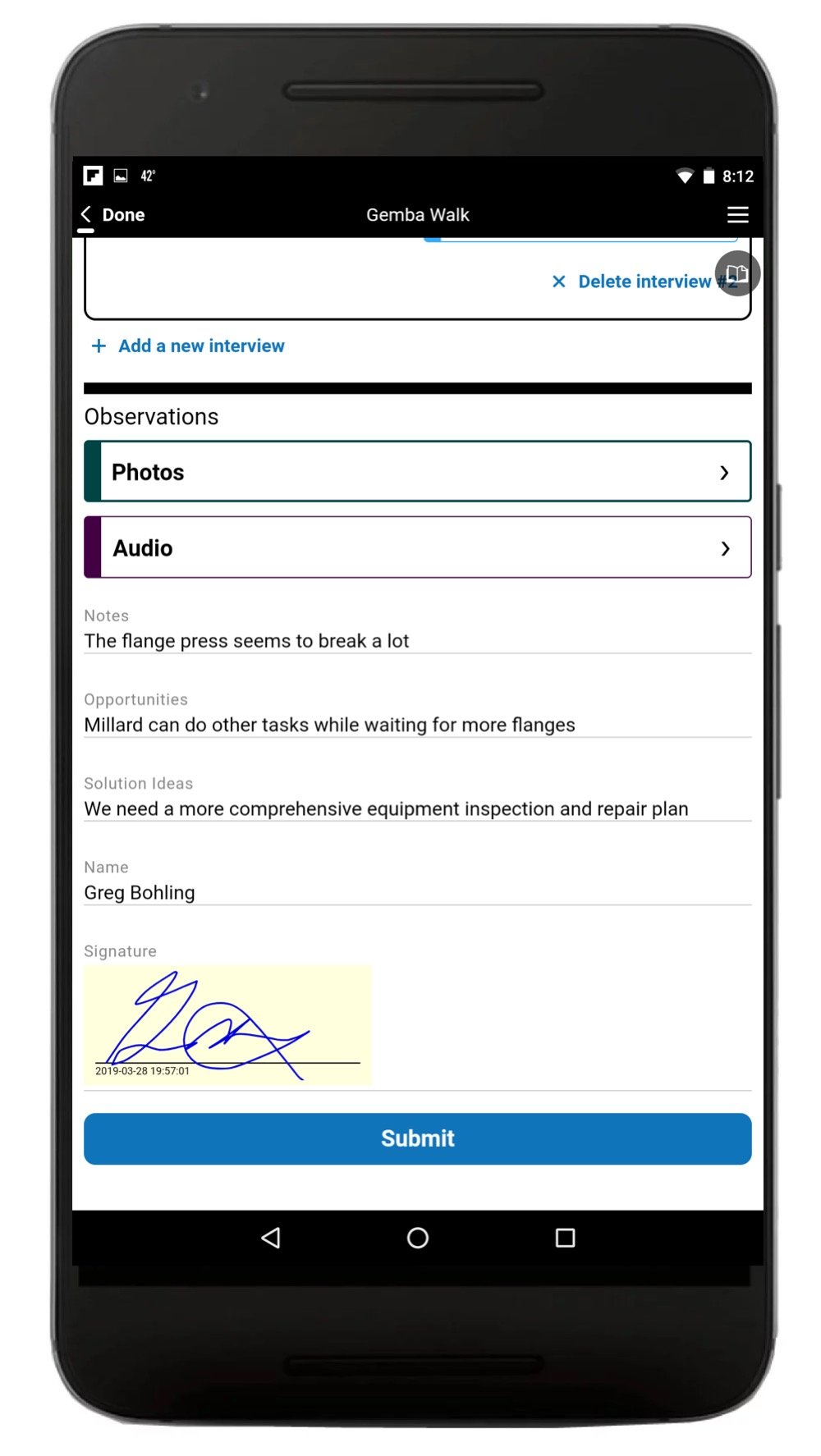
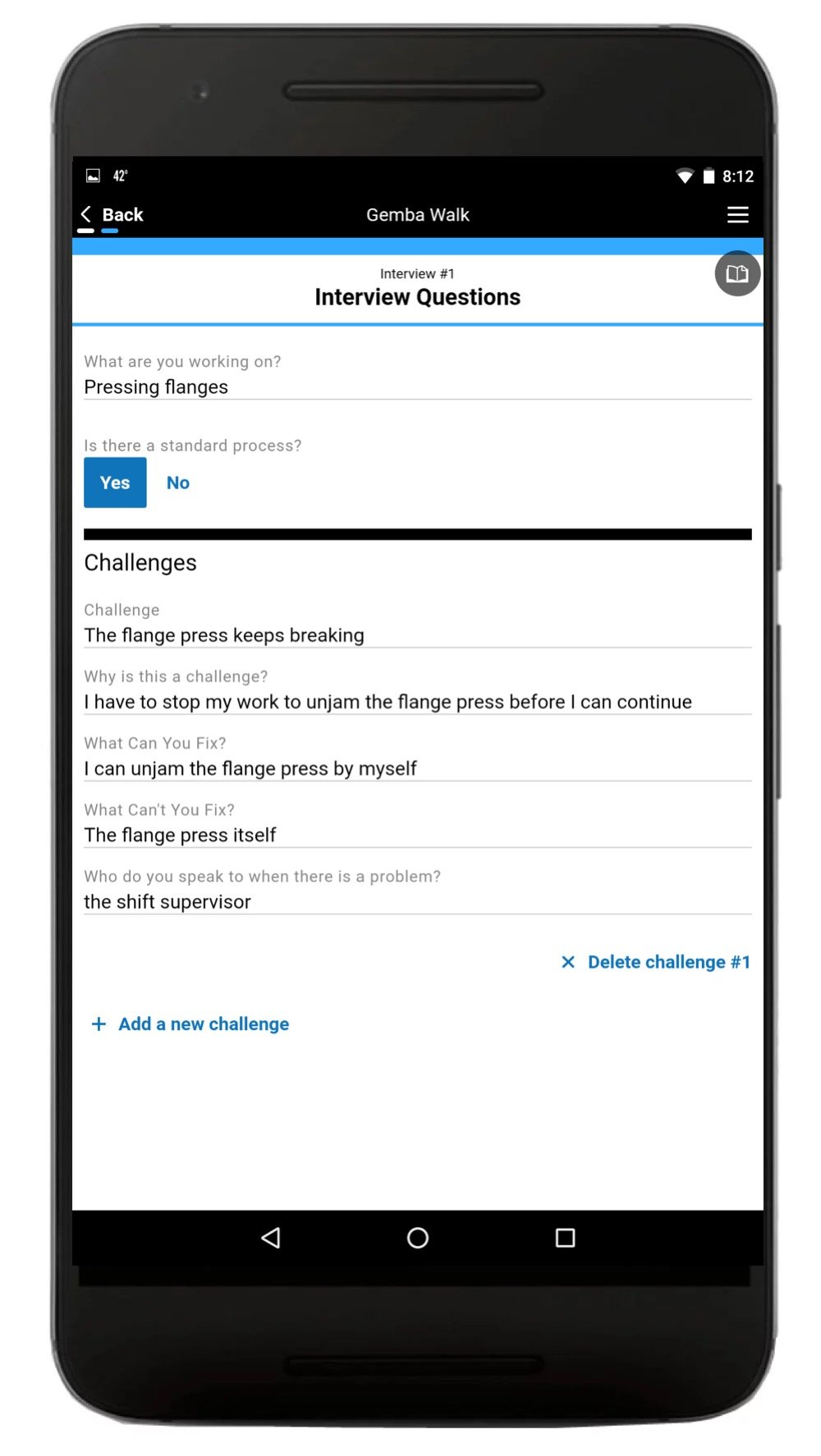
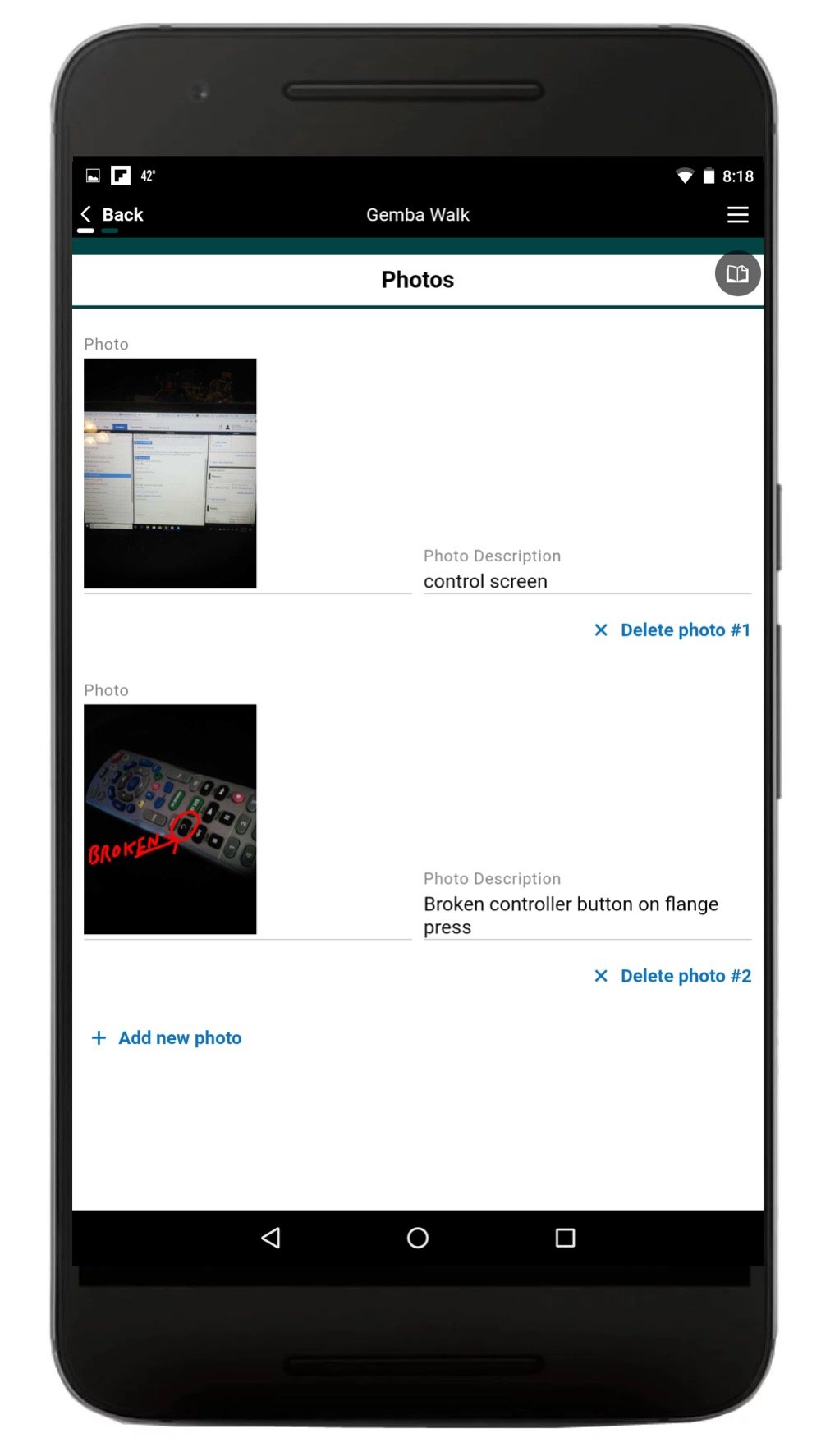
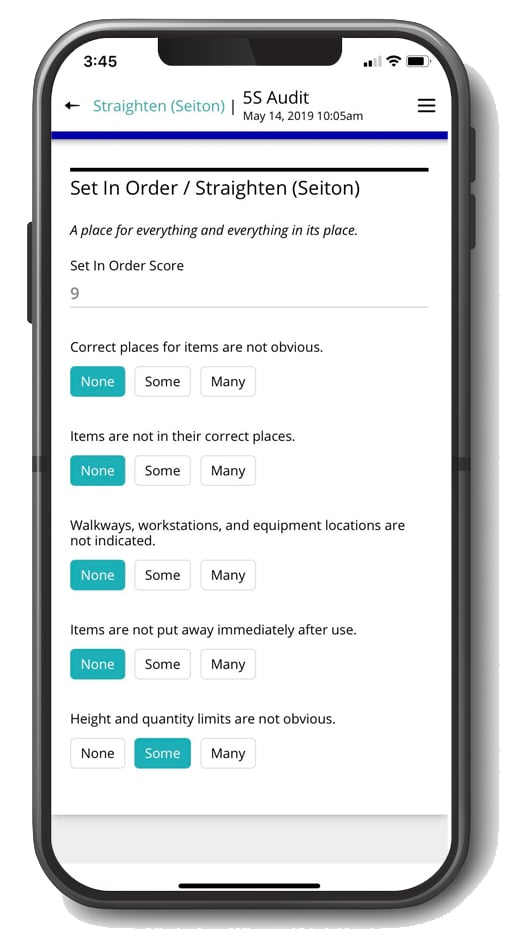
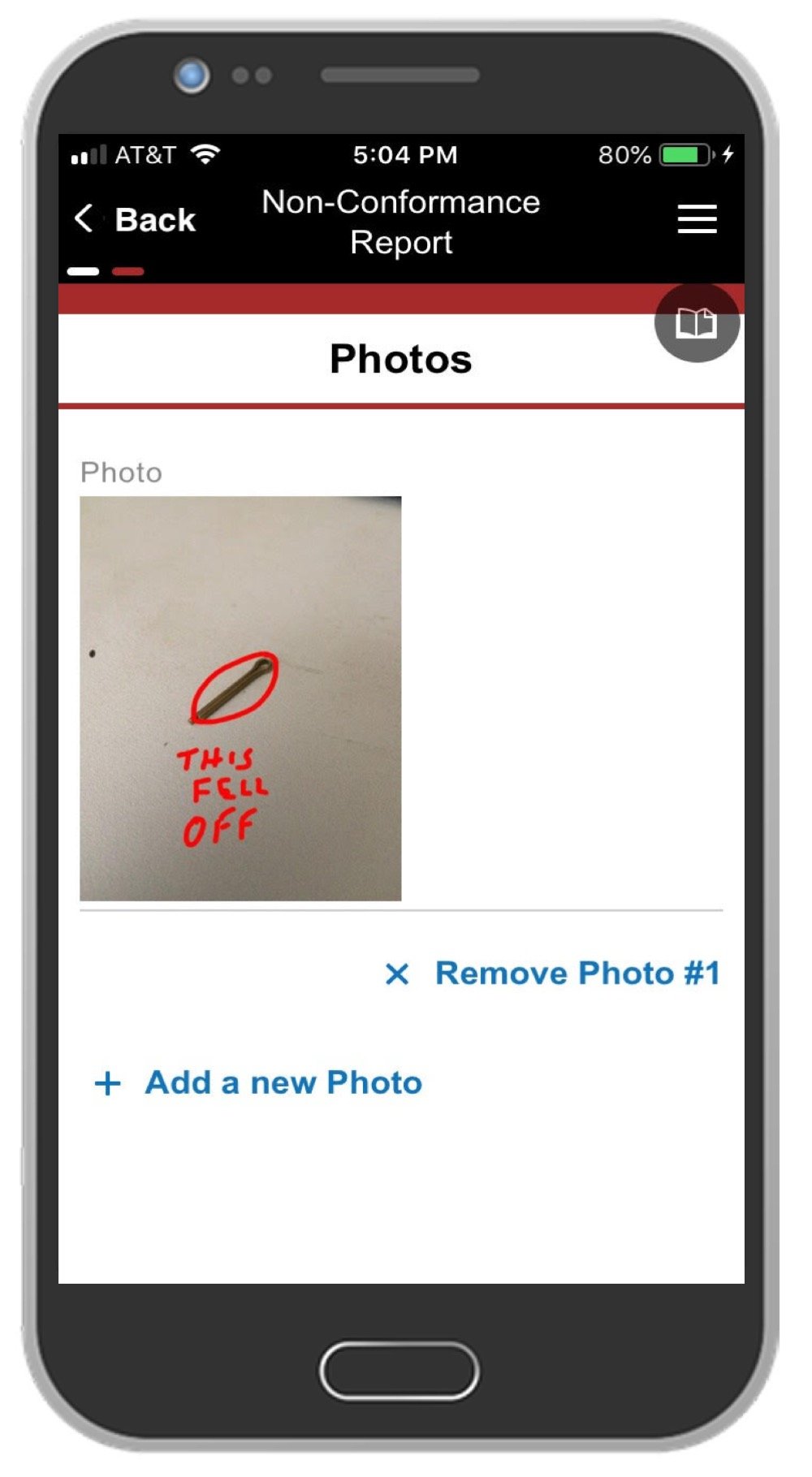
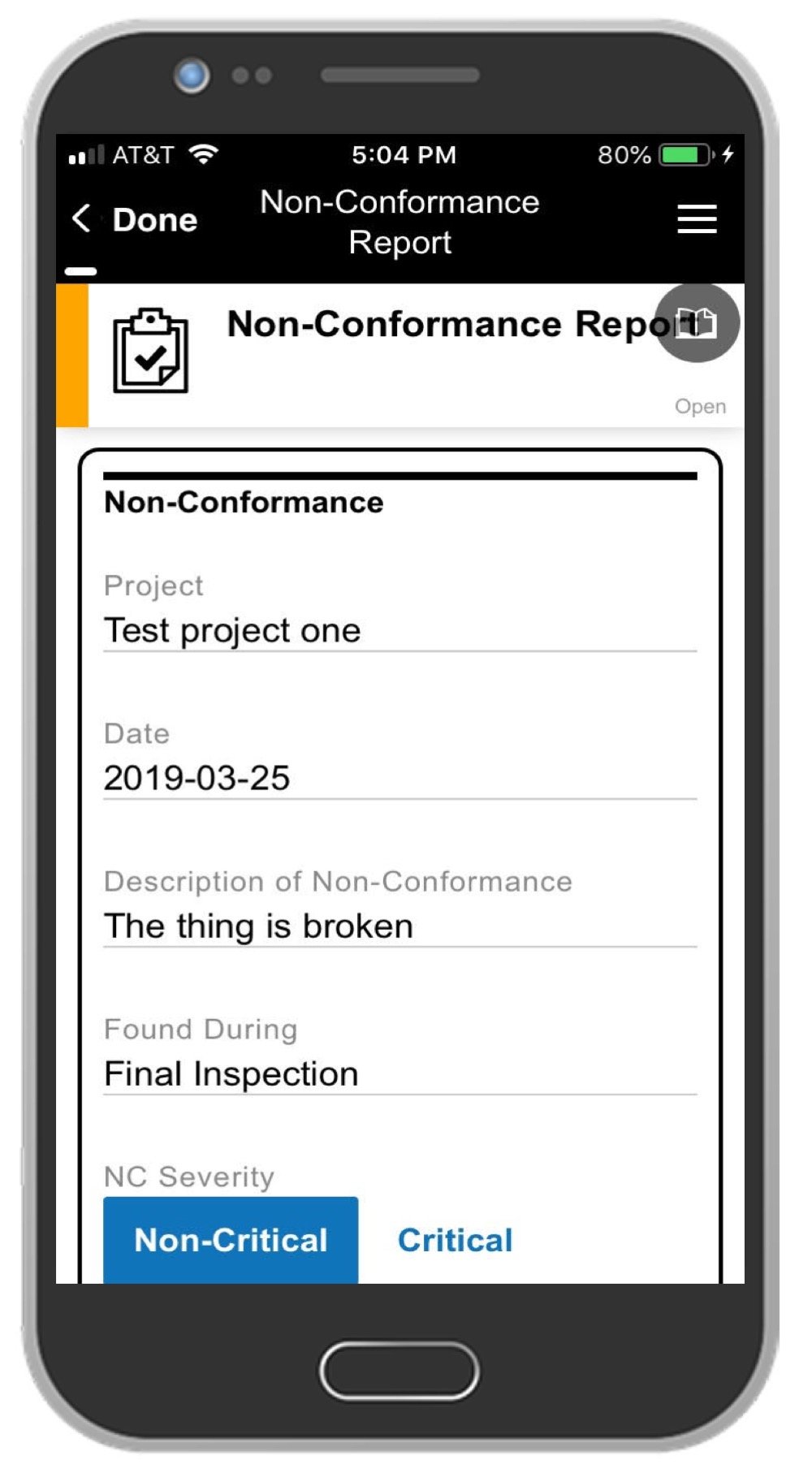
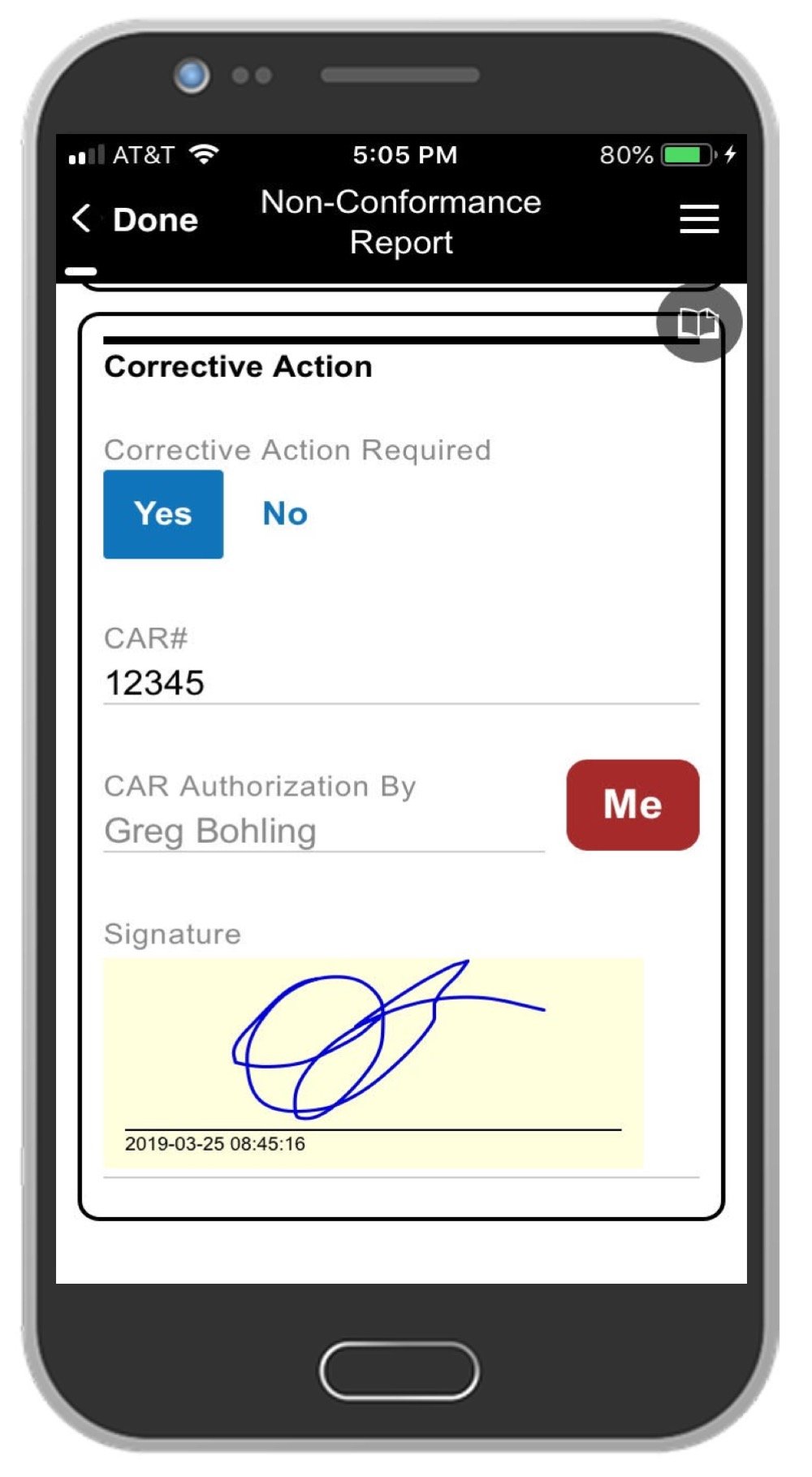
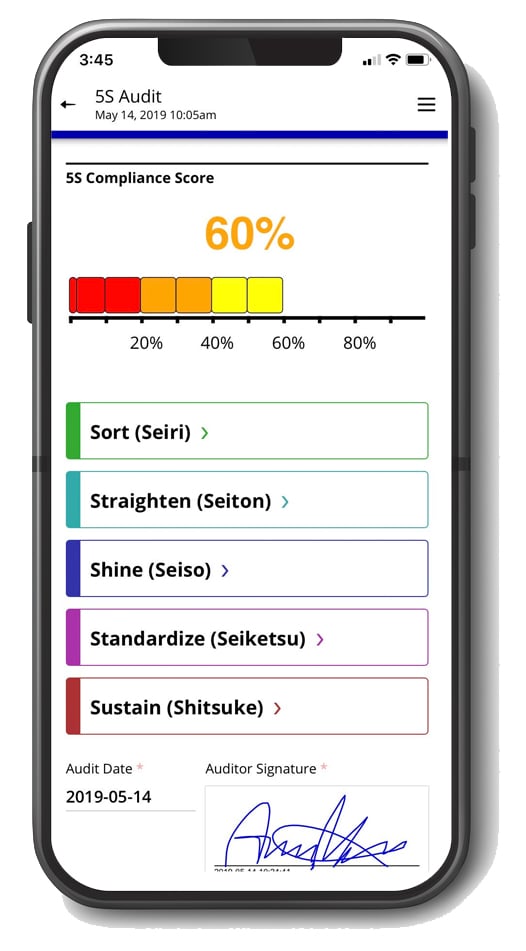
Manufacturers use 1factory to manage quality control processes within their factories and across their supply chains. Features include QC plans, automated CMM data Import, incoming/ in-process/final Inspections, supplier Collaboration, and more.
Reviews: Customer reviews are generally positive. Some say that it helped them create a meaningful quality plan with their suppliers. Others say that it helped them reduce non-conformances. There were few negative reviews. Capterra score: 5.0
Alpha Software solutions take the heavy lifting out of app development, producing powerful solutions that map to your processes and solve real business problems. These solutions leverage mobile devices for data collection and include built-in dashboards and reporting. The apps can leverage the latest mobile features: Camera, GPS, bar code scanning, digital signatures, and more for fast, accurate data capture. The software can export data to Excel or integrate with ERP, MES, or even legacy QMS system applications for quality control needs. The company offers Gemba Walk, 5S Audit and Non-Conformance Report solutions you can try for free.
Reviews: Reviewers appreciated the quick learning curve. Other users loved the software's capability to create versatile solutions. Reviewers also said that it encourages technical and non-technical staff to collaborate on projects. Alpha Software has recently received a Winter High Performer 2022 recognition from g2.com. Capterra score 5 stars.

The Falcony web-based app uses browser-based technology to conduct inspections and provide reports (available on IoS, Android, or desktop computer). Features include image attachments, automated PDF reports, and real-time statistics.
Reviews: Many customers like its intuitiveness, easy integration, and real-time monitoring. However, some customers found features lacked customizability and login was difficult. Capterra score: 4.7/5.0.
Safety Chain's OEE (Overall Equipment Effectiveness) software tracks equipment efficiency. Features include a controls audit, asset tracking, alerts and notifications, and an activity dashboard.
Reviews: Reviewers appreciated the software's flexibility and customizability. Some cited the extensive SPC (statistical process control) tools with real-time control charts, stability, and intuitiveness as advantages. Others said the document versioning method needed updating. Capterra score: 5.0
Key aspects of quality management software are essential for all types of manufacturing businesses, especially smaller companies. Studies show that it improves quality standards while increasing production levels and customer satisfaction. These solutions can also lower the cost of quality efforts when used for preventative measures.
Research shows QMS software provides a high ROI, reduces errors, and creates continuous improvement across the enterprise.
The Alpha platform is the only unified mobile and web app development and deployment environment with distinct “no-code” and “low-code” components. Using the Alpha TransForm no-code product, business users and developers can take full advantage of all the capabilities of the smartphone to turn any form into a mobile app in minutes, and power users can add advanced app functionality with Alpha TransForm's built-in programming language. IT developers can use the Alpha Anywhere low-code environment to develop complex web or mobile business apps from scratch, integrate data with existing systems of record and workflows (including data collected via Alpha TransForm), and add additional security or authentication requirements to protect corporate data.
Alpha Software Corporation, based in Massachusetts, produces award-winning software that speeds mobile and web app development and deployment for business and IT. The core technology includes two components. Alpha Anywhere®, a full-stack low-code app development platform for building and deploying web and mobile apps. In just hours, Alpha TransForm® turns complex paper forms into powerful mobile forms that speed data collection.
Alpha Software is an InfoWorld Technology of the Year award winner, and scores near-perfect reviews from customers on crowdsourced review sites.
Customers rate Alpha Software highly for its speed of development, flexibility, offline apps, rich feature set and ability to scale predictably. For more information, visit https://www.alphasoftware.com/